Although perennial ryegrass is commonly used across the country, its applications vary depending on location. This tough grass is a crowd-pleaser thanks to its rapid seedling growth and establishment time. It is a prized component in southern lawns that need temporary winter color and permanent northern lawns. Perennial ryegrass might be just what you are looking for, based on your location, soil, and lawn goals! This perennial ryegrass guide will equip you with all the information for growing and taking care of this grass.
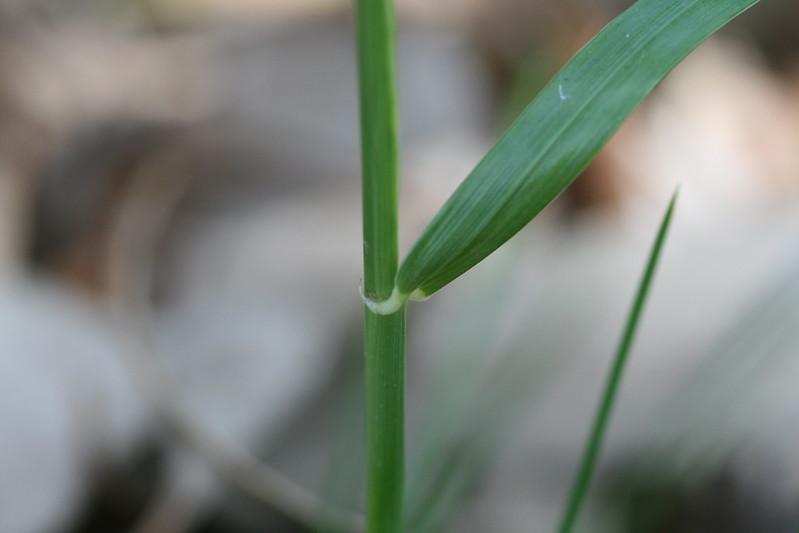
Perennial ryegrass is a competitive cool-season grass adapted to moderate coastal environments.
Kentucky bluegrass is widely regarded as the best grass for lawns, fescue grass is renowned for its resilience to shade and ease of upkeep, and perennial ryegrass is famous for its rapid germination and establishment time. Perennial ryegrass, however, has many more applications and is often probably underappreciated. For instance, since perennial ryegrass germinates quickly and can give protection and shade to other grass species, it is commonly used as a nurse grass in many grass seed blends.
Perennial ryegrass is a common sight compared to other grasses in both warm- and cool-season grass areas. When seeding cool-season grasses, perennial ryegrass is usually the first to sprout. In warm-season lawns, you can count on it to give your yard a medium to deep green color, even in the winter months. Moreover, perennial ryegrass is hardy, sprouts quickly, and keeps its green look over time.
So, if perennial ryegrass sounds like something you want to have on your lawn, read on! This guide covers this amazing grass’s biology, needs, strengths, and limitations.
A Quick Look A Perennial Ryegrass
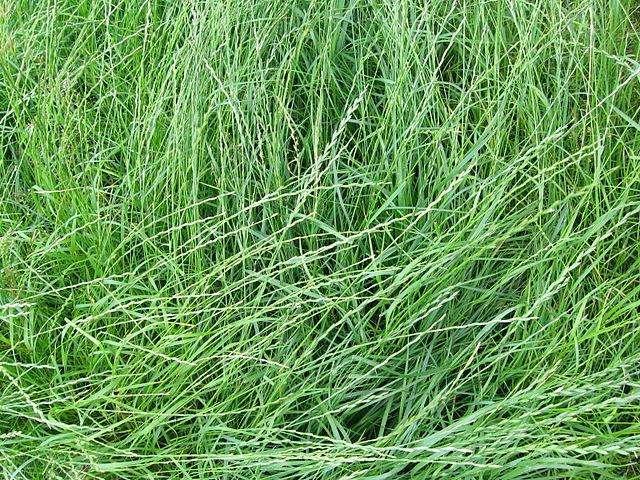
Perennial ryegrass prefers direct sunlight but can also survive in shaded conditions.
Perennial ryegrass is a highly resilient cool-season grass that thrives in coastal regions with mild temperatures all year round. Because it grows quickly, it is often used to reseed Bermuda grass lawns after the winter. In addition, its rapid growth can be used to control weeds.
Perennial ryegrass can withstand a lot of foot traffic as cool-season grass with high wear resistance. So, it is frequently mixed with other grass types to create a more durable turf that can withstand increased foot traffic and is often used around homes, schools, and parks.
Here’s a quick rundown of some of the essential traits of perennial ryegrass:
| Common Name | Perennial Ryegrass |
| Scientific Name | Lolium perenne |
| Plant Family | Poaceae |
| Native Region | Europe, temperate Asia, and North Africa |
| Ideal Planting Time | Early fall |
| Plant Type | Perennial |
| Hardiness Zones | 5, 6 and 7 |
| Mature Size | Up to 2 feet |
| Ideal Mowing Height | 1 1/2 to 2 1/2 |
| Grass Color | Pale green |
| Grass Texture | Fine |
| Sunlight Needs | Prefers full sun but tolerates some shade |
| Ideal Soil Type | Has a wide range of soil adaptability; prefers fertile, well-drained soils. |
| Soil pH | 5.5 to 7.5 |
| Drought Tolerance | Poor |
| Weed Tolerance | Good |
| Disease Resistance | Good |
| Traffic Tolerance | Good |
| Water Needs | 1 inch per week |
| Fertilizer Requirements | 1 to 5 pounds of nitrogen per 1,000 square feet per year. |
| Shade Tolerance | Moderate |
Related: Centipede Grass 101: How To Grow Centipede Grass & Is It Any Good?
How To Grow Perennial Ryegrass In Your Yard?
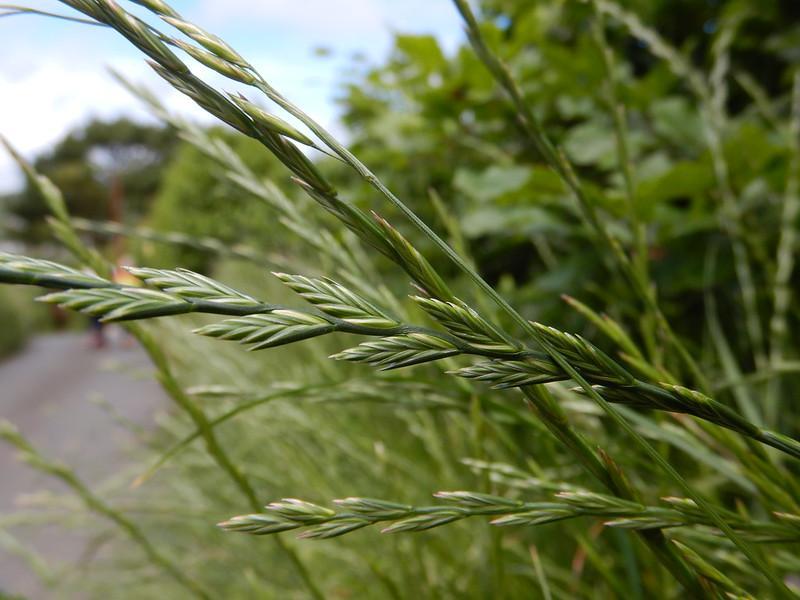
Like other cool-season grasses, Perennial ryegrass germinates best in temperatures ranging from 50°F to 65°F.
Before you go out and buy the bag of seeds for establishing a mono stand of perennial ryegrass, there are a few things you need to take into consideration first. For instance:
Research Different Cultivars
Discovering which cultivars fare well under the typical conditions in your region, like heat and humidity, disease, and frost requires some homework.
For example, some cultivars of perennial ryegrass have short stolons (above-ground stems), making it an appealing choice for turf owners who want their cool-season turf to have a higher tolerance for foot traffic.
Also, you should consider regenerating perennial ryegrass, also known as RPR.
Talk To A Local Expert
Perennial grass does pretty well in high elevations. However, since perennial ryegrass is subject to winterkill and summer disease pressure (it favors moderate winter and summer seasons), the locations where a mono stand can be successfully grown are limited.
So, get in touch with a professional from your community’s Cooperative Extension to find out if growing perennial ryegrass in a mono stand might benefit your lawn.
Otherwise, get another cool-season grass bled to give your lawn a better chance of thriving.
Next, Seed Your Lawn!
After you’ve done your research, plant three to five pounds of perennial ryegrass for every one thousand square feet of land. Although it is not widely utilized, sod can also be purchased in certain states. However, it makes more sense for homeowners to sow perennial ryegrass since it germinates and establishes quickly.
Nevertheless, late in the summer or early in the fall is the best time to plant cool-season lawns, including perennial ryegrass lawns, as this is their natural growth phase.
After you have spread the seed, rake the area to ensure adequate contact between the seed and the soil. The next step is to continue keeping the soil bed moist by giving it one to three light waterings per day. The trick is to maintain a consistent moisture level in the top half inch of the soil while preventing it from becoming saturated.
Once the seeds germinate, which can take anywhere from four to seven days, reduce the watering but make sure that each time you do water, you wet the soil thoroughly.
Start watering the grass every other day once it reaches a height of one inch, and then gradually move to your typical watering plan when the grass achieves its full height.
Related: Zoysia Grass 101: How To Grow A Healthy Zoysia Grass Lawn & What Are Its Pros & Cons?
Perennial Ryegrass Basics
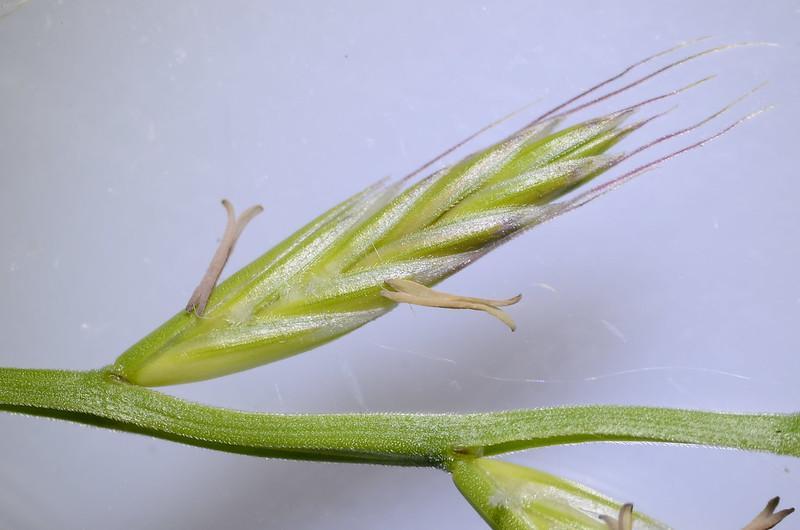
When grown in sand, ryegrass can generate a lot of thatch. So, it needs careful dethatching!
Ryegrass is an excellent utility grass that can be used both on its own and in combination with other types of grass. Due to its ease of establishment, it has often been employed in places where other types of grass would have been more suited.
As new cultivars are created in the future, you can anticipate a gradual but consistent improvement in the quality of perennial ryegrass turf. It has a high tolerance for wear, rapid establishing capabilities, the ability to germinate even in cool weather, and an attractive appearance when nourished on a regular basis.
However, its primary drawbacks remain its low shade tolerance, high nitrogen needs, attraction to earthworms, and short-term inability to compete with other grasses.
Persistence
Ryegrass is relatively durable so long as it receives adequate fertilizer and constant management; nevertheless, when bentgrasses and Poa trivialis are present, they will always be outcompeted. It is also prone to bluegrass infestations.
However, it has been found that using Prograss herbicide during establishment and again in the fall/winter helps keep annual bluegrass invasions under control.
And, since this is rarely done, ryegrass is essentially a transitional grass that is replaced within a few years by grasses that are more adapted to their environment.
Shade Tolerance
Perennial ryegrass has never been known for its superior performance in shaded areas. The best new cultivars are still thin and fragile when grown in the severe shade, and they have a tendency to be rapidly displaced by other grasses. Perennial ryegrass stands that are in the shade frequently have heavy moss infestations as well.
However, perennial ryegrass is useful in shade gardening because it can serve as a nursing grass for other species that are better adapted to the conditions, and it can also provide fast cover in the spring when the turf is emerging from the winter.
All in all, it must never be counted on as a permanent turf alternative in the shade.
Cold Tolerance
The ryegrasses grown in the past were not nearly as hardy as the newer cultivars that have been developed. Many enhanced perennial ryegrass varieties are more resistant to the cold than the early cultivars. However, in the grand scheme of surviving the winter, it might be challenging to determine how significant increased cold tolerance actually is.
Most of the harm done to perennial ryegrass throughout the winter comes from snow mold activity in regions with snow cover or desiccation and freeze injury.
Insects
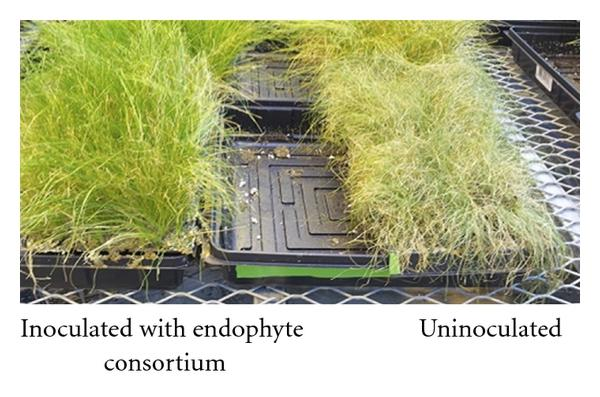
Grass with endophytes injected compared to grass without endophytes injected while under water stress.
Endophytic fungi have received much attention lately for their potential to protect plants from damage caused by common insect pests. This could be of significant benefit given that many types of ryegrass have endophytic fungi bred into them during their development.
It is difficult to assess the significance of endophytic fungi in some regions because there are very few severe insect pests in there. Also, there is no evidence that shows that fungal endophytes are efficient in preventing the spread of European crane flies.
Diseases
In spite of the efforts of breeders, perennial ryegrass continues to have issues with various persistent diseases. Under low fertility conditions, virtually every cultivar is prone to developing red thread, pink patch, and crown rust. However, all diseases associated with reduced fertility can be treated reasonably successfully with the timely administration of nitrogen-based fertilizers. Brown blight can also affect a wide variety of cultivars as well.
In our Pacific Northwest, the words “ryegrass” and “red thread” are virtually often used interchangeably. However, perennial ryegrass is also susceptible to fusarium patches and leaf spots when grown in highly fertile environments.
Fungicides are also typically required for use in the management of snow molds.
Watering
Ryegrass has a high drought tolerance when it receives consistent watering, which means it can do well with as little as one and as many as three waterings per week over most summers.
It will be one of the last grasses to become dormant when subjected to extended drought stress. It will recover quickly once moisture is available again, provided the drought period does not last excessively long.
Many plants that make up a turf will perish if there are prolonged periods of extreme drought. When this happens, the recuperating plants form patchy clumps, and the turf needs to be overseeded to regain its uniform appearance.
Fertilization
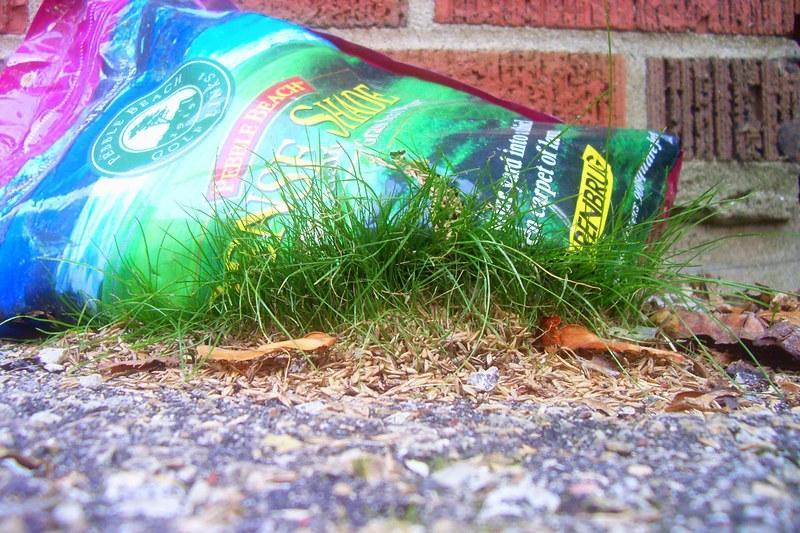
Ryegrass is subject to invasion from other grass species when there is inadequate nitrogen in the soil.
In spite of all the efforts put into breeding, ryegrass continues to have a considerably higher demand for nitrogen in comparison to the majority of other grasses. For example, a dense green ryegrass lawn needs between 4 and 8 pounds of nitrogen per one thousand square feet yearly. Therefore, increased focus in breeding initiatives should be placed on creating ryegrass that thrives in low fertility conditions.
Ryegrass is also sensitive to numerous diseases that induce thinning, leaving it vulnerable to invasion from other grass species and moss when there is insufficient nitrogen in the soil. Unfortunately, this cannot be easy since ryegrass is also exceptionally responsive to nitrogen, and high fertilizer rates encourage excessive growth.
Mowing
The ideal height for ryegrass is between one and two inches, at which point it will give the turf’s highest possible density and quality. Also, commercially available perennial ryegrass cultivars today still require more effort to mow than most other grasses. Still, they may be mowed cleanly with well-adjusted reel mowers and even sharp rotary mowers.
In addition, with the cultivars that are currently in use, stemminess in the spring is infrequently a problem. The best cultivars can now withstand cutting heights ranging from 5/8″ to 2.5″. When mowed lower than 5/8 inch, ryegrass has difficulty being dense and competitive, and other grasses quickly outcompete it. When cut to shorter heights, it looks like makeshift turf.
Sunlight & Temperature Needs
Perennial ryegrass thrives best in uninterrupted direct sunlight as long as the temperatures don’t go too hot or too cold. If you reside in an area where the summers are extremely hot, the ryegrass on your lawn will turn brown very rapidly.
If not, it will require watering once a day to maintain its green color. Additionally, perennial ryegrass seeds do not do well in constantly shadowed locations; therefore, if you are set on cultivating a lawn made of perennial ryegrass, you will need to make significant alterations to the way your yard is landscaped.
We advise using perennial ryegrass seeds for a mild, soft climate with lots of sunlight.
Related: Kentucky Bluegrass For Lawns: Is It Any Good? A Comprehensive Guide
Perennial Ryegrass Pros & Cons
We think this perennial, cool-climate, drought-resistant grass would make a great addition to any field, lawn, or pasture. However, perennial ryegrass has its own unique set of drawbacks, which you need to consider before deciding whether you want to work with it.
So, let’s look at its pros & cons…
Perennial Ryegrass Pros
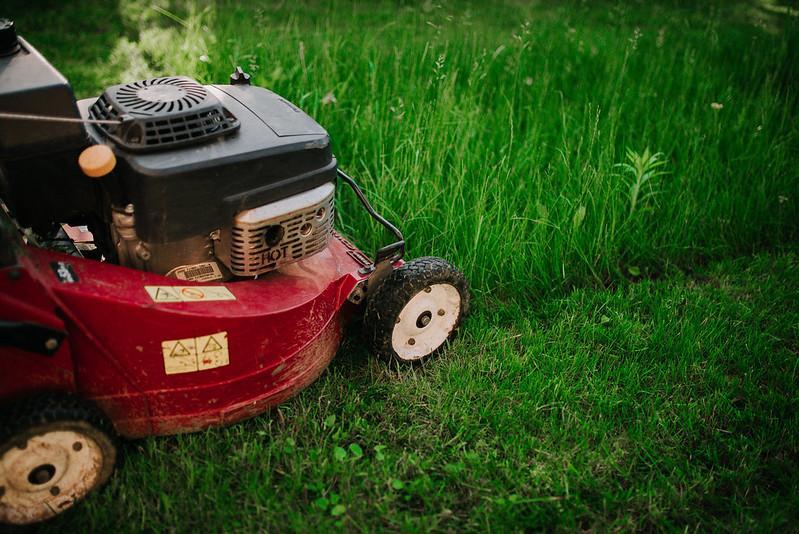
You can mow perennial ryegrass as short or as long as you want.
Perennial ryegrass germinates quickly and can go from dispersed seed to mowing-able lawn in about 21 days. A formidable lawn grass in its own right, perennial ryegrass is a popular choice for lawns, pastures, and sports fields. It is a resilient grass that requires little care and comes with its own built-in protection against pests and diseases.
When applied to steep banks, such as those found on roadways and ditches, it can prevent erosion and is excellent for reclaiming construction areas.
Let’s take a look at some of its advantages in detail:
Drought Tolerance
As noted earlier, perennial ryegrass has a deep and intricate root system, allowing it to draw moisture from sources buried deeper in the earth. As a result, it can maintain its green color even when exposed to drought and dry conditions.
Erosion Control
Ryegrass is grass with very long, strong roots. In other words, it can make better use of the soil’s available water and nutrients. As a result, ryegrass could be a good choice for a lawn that is mainly fed with compost rather than quick-acting refined fertilizers.
Shade Tolerance
Most of the lawn grass thrives in direct sunlight but struggles when exposed to more shadow. Ryegrass grows exceptionally well in areas with partial shade and does not thin. However, keep in mind that it still cannot grow on lawns with a lot of shade.
Versatile Mowing Height
What length of lawn do you like, shorter or longer? Would you like your grass to be able to store water for the dry season? If yes, grow ryegrass! It can be mowed to a height of 1.5 inches without appearing “scalped” or being at risk of being damaged.
Weed Resistance
It is commonly believed that ryegrass exhibits allelopathic properties. As a result, it can act as a chemical barrier, preventing neighboring plants from expanding or germinating. This method is effective for many noxious types of grass and weeds in the grass family.
High Wear Tolerance
All varieties of ryegrass have an excellent tolerance for wear and tear; if a section of the lawn is destroyed, the remaining grass will typically fill in quickly.
Rapid Growth
Perennial ryegrass is the quickest. It can go from grass seed germination to a fully developed seedling in as little as three days. This means that in as little as three to four weeks, you might have grass that resembles a lawn.
Perennial Ryegrass Cons
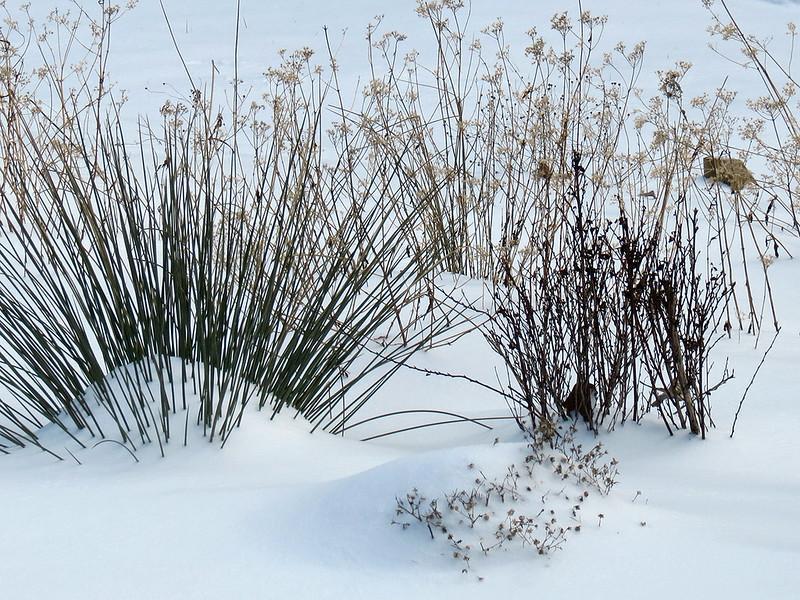
Ryegrass has moderate cold tolerance but can’t handle extreme cold very well.
The growth pattern of perennial ryegrass is the primary argument that can be made against it. It is unlike other types of grass in that it does not spread by stolons or rhizomes but instead produces clumps. As a direct consequence of this, it may, at times, seem patchy.
It is also known to have a rough texture, which means that dull mowers have a tendency to tear the leaf blades. Additionally, perennial ryegrass has a preference for open, sunny sites and may have difficulty thriving in gloomy areas.
Let’s take a look at a few of its disadvantages in detail:
It Needs A Lot Of Fertilizer
As was just discussed, perennial ryegrass needs a great deal of attention and tender loving care in order to thrive and give lawns the appearance of being lush and green. This upkeep requires fertilizer, which might result in a significant financial investment.
It Doesn’t Do Well In Winter
Even though it is known as a grass that can endure the heat of summer and the chilly season, this type of grass is not remarkably tolerant of extremely cold temperatures and will perish if the temperature dips below freezing.
It Can Be Invasive
Do you remember when we indicated that perennial ryegrass grows exceptionally rapidly? Well, that’s a drawback if it’s not kept up. This grass has a formidable root system and may spread quickly, allowing it to outcompete any other plants in its way.
Lawn Care Calendar For Perennial Ryegrass
The following schedule for managing perennial ryegrass grass is applicable to turf planted everywhere in the United States; however, particular management practices may need to be adjusted to account for variances in temperature and topography in the area.
Spring
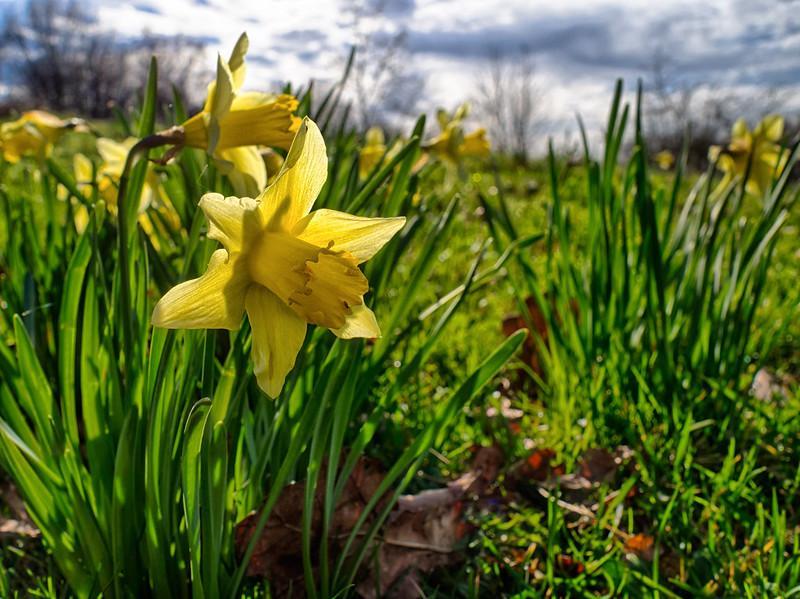
It’s preferable to wait to cultivate perennial ryegrass until growth resumes.
Here is how to take care of your perennial ryegrass in spring:
Mowing
Maintain a one to two inches cutting height throughout the growing season and scatter the clippings back over the grass. If you mow at the lower end of the suggested range, you’ll have to cut more often than if you mow at the higher end.
Don’t ever cut down more than a third of the cover in one go. Mowing too seldom lowers turf quality and crown density and promotes weed encroachment.
Watering
In most circumstances, irrigation during this time is not required until the weather is exceptionally hot and dry for an extended period of time.
Fertilization
Applying fertilizer to a perennial ryegrass lawn is not recommended unless it was laid down the previous fall, has a low density, and appears patchy.
Once the spring rush of growth has passed, it is time to apply 0.50 to 0.75 pounds of nitrogen per 1000 square feet of land. A suitable option for even feed is the fertilizer that combines quick and gradual nitrogen release at a ratio of 50/50.
Weed Control
When the soil temperature reaches 55 degrees Fahrenheit and the threat of a severe frost has passed, apply a preemergence herbicide to reduce annual summer weeds.
For complete season-long control, the grass might necessitate a second application eight to10 weeks after the first one; however, this is contingent on the type of soil, the density of the turfgrass, and the history of the presence of annual summer weeds. This is especially the case for weeds germinating much later, including goosegrass and foxtails.
Summer
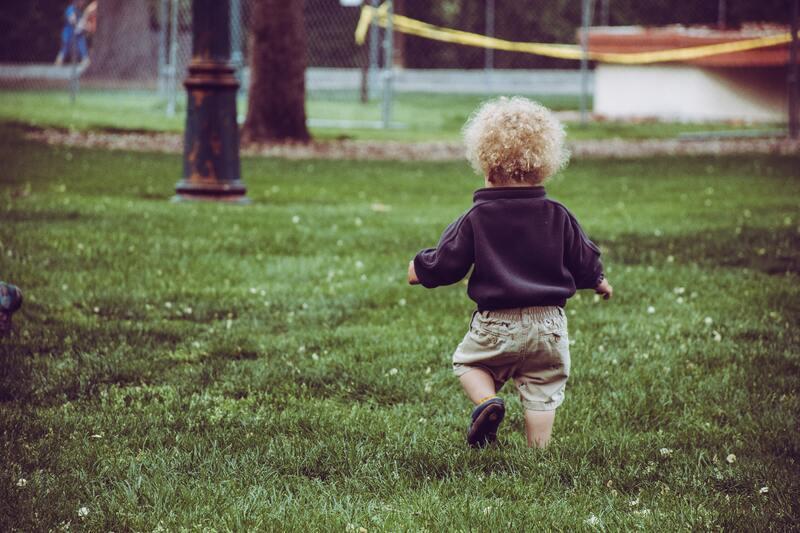
Controlled-release and organic fertilizers both lower the danger of grass burns in summer months.
Here is how to take care of your perennial ryegrass in summer:
Mowing
Keep grass mowed to 1 to 2 inches during the growing season, then spread the clippings back over the yard. Your mowing frequency will increase if you cut less than advised. Remove no more than a third of the blade at once.
Watering
Overwatering causes more problems than underwatering. Automatic irrigation systems should be monitored and equipped with a rainout sensor or a soil-moisture sensor to cease irrigation when the soil is moist enough. When lawns wilt, water deeply with 0.5 to 1.0″. Light blue-green colors and footprint traces indicate lawn drought.
Fertilization
If the quality of your grass is subpar, fertilizer should be used in early summer. Early summer fertilization is best for newer lawns rather than older, more established lawns. In addition, organic and controlled-release fertilizers lessen the possibility of grass burns in summer.
Also, to help your plants bounce back from the summer heat, use 0.50 to 0.75 lbs of nitrogen fertilizer per 1000 square feet in the late summer.
Weed Control
Weeds control in summer can be divided into two parts:
Early Summer Weed Control
The best time to use postemergence methods for controlling annual summer weeds is while the weeds are young, in late spring and early summer.
Note: It’s important to remember that most preemergence herbicides can’t kill already-emerging seedlings. However, suppose preemergence herbicides are sprayed in the middle of summer. In that case, a postemergence herbicide can be used to both kill any already-emerging weeds and prevent any more from sprouting up.
Late Summer Weed Control
Herbicides shouldn’t be used on weeds once they reach maturity or show signs of stress because they’ll be much harder to kill. Annual summer weeds will perish with the first frost.
Note: If your lawn has a history of winter annuals, it is recommended that you apply a preemergence herbicide. This application shouldn’t be made to cool-season seedbeds unless you’re using a safe product in fall sowing.
Fall & Winter
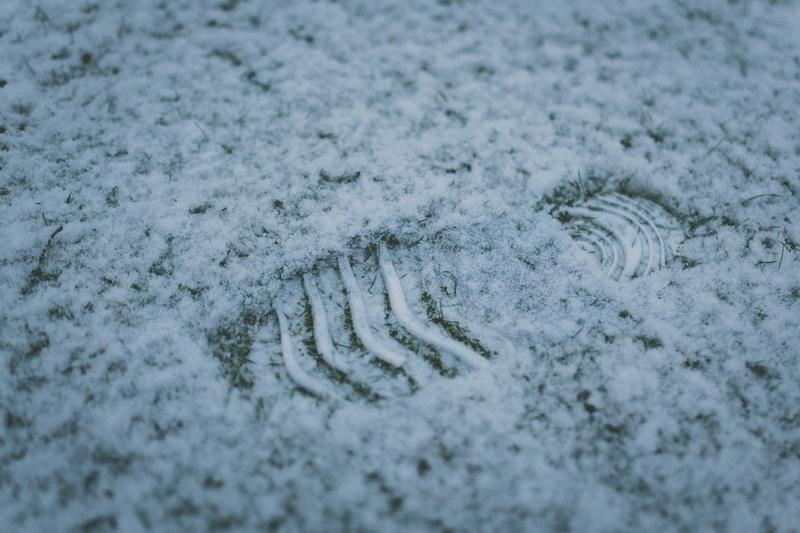
Broadleaf perennials and winter annuals are easier to eradicate by postemergence methods in the fall.
Here is how to take care of your perennial ryegrass in fall and winter:
Mowing
During the growing season, keep the grass cut to between 1 and 2 inches, and then scatter the clippings back over the lawn. You will have to mow more often if you cut the grass less frequently than needed. Also, don’t take off more than a third of the blade at a time.
Watering
It’s more common for problems to arise from overwatering than from underwatering. In order to prevent over-irrigation, automatic sprinkler systems should be fitted with a rainout sensor or a soil-moisture sensor. The lawns need to be only watered deeply when the light blue-green tint and footprint traces appear due to drought.
Fertilization
Applying fertilizer in the middle of fall helps lawns less than 10 years old and lawns with low density and quality. In addition, the nitrogen in fertilizers ought to come primarily from WSN sources, meaning that it can be dissolved in water.
Uptake is low in the winter. Thus, fertilizer isn’t necessary then.
Weed Control
Broadleaf perennials and winter annuals are particularly amenable to postemergence management in the fall. If you can, try to time your first application with the first frost. Many times, the effectiveness of a herbicide mixture exceeds that of its components.
The use of pesticides for weed control is generally discouraged during the winter months.
Final Thoughts
In the United States, perennial ryegrasses are utilized not only as turf grasses but also as high-quality pasture grasses for many types of livestock. However, like many other types of turf grass, it is not native to North America but to Europe and Asia.
It is not as winter-hardy as tall fescue or Kentucky bluegrass, but areas with temperate summers and winters are ideal for the growth of perennial ryegrass. Unfortunately, despite its usefulness in agriculture, perennial ryegrass isn’t linked to the rye plant used to make bread.
It is linked to annual ryegrass. However, the two plants are quite different. Nevertheless, it has become one of the region’s most extensively utilized permanent lawn grasses in the chilly and humid Pacific Northwest, both on its own and blended with other cool-season grasses.
This is true whether it is planted alone or in combination with other cool-season grasses.
Frequently Asked Questions (FAQs)
What is the best perennial ryegrass?
The Barenbrug’s Turf Star Ryegrass Seed is probably the best perennial ryegrass type. Turf Star Ryegrass Seed is a combination of high-quality perennial ryegrass that is perfect for use in residential settings in climates ranging from cool to temperate.
Additionally, Fastball RGL (Resistance to Gray Leaf) is excellent perennial ryegrass that is perfect for meeting the requirements of fine turf.
What is the best month to plant perennial ryegrass?
Both late summer/early fall and early spring plantings will help your perennial ryegrass get a good start. Planting perennial ryegrass should take place in the early fall for the best possible results. So, plant perennial ryegrass about forty-five days before the first frost.
Will perennial ryegrass come back every year?
In climates that are suitable for its growth, perennial ryegrass will, true to its name, continue to flourish year after year, producing new growth in the same location. On the other hand, annual ryegrass will not return each year. If you put the grass seeds in the fall, there is a good chance that the grass will not survive the summer months.
How long does perennial ryegrass last?
If they are not negatively affected by cold winters, well-established stands of perennial ryegrass may continue to be productive for three to four years. However, to keep completely productive stands, farmers and lawn owners will often need to overseed their lands each year, either in the late fall or the early spring.
Will perennial ryegrass spread on its own?
Since it does not generate rhizomes or stolons, perennial ryegrass does not propagate via vegetative means and does not spread on its own.
However, some grass types are more aggressive than others and can spread quickly by sending out rhizomes underground or stolons above ground.
Sources for Further Reading
Perennial Ryegrass | Forage Extension Home. (2022). Retrieved 7 October 2022, from https://forages.ca.uky.edu/perennialryegrass
Perennial ryegrass Lolium perenne L. (2009). Retrieved 7 October 2022, from https://agsci.oregonstate.edu/beaverturf/perennial-ryegrass-lolium-perenne-l
Perennial Ryegrass. (2022). Retrieved 7 October 2022, from https://www.turffiles.ncsu.edu/grasses/perennial-ryegrass/
Healthy LawnsPerennial ryegrass. (2022). Retrieved 7 October 2022, from http://ipm.ucanr.edu/TOOLS/TURF/TURFSPECIES/perrye.html
Ryegrass Types for Pasture and Hay. (2022). Retrieved 7 October 2022, from https://fyi.extension.wisc.edu/forage/ryegrass-types-for-pasture-and-hay/
Editor’s Recommendations
The Best Lawn Care Schedule For Northeast | A Comprehensive Guide
Top 10 Weed Killers For Bermuda Grass | A Comprehensive Guide







